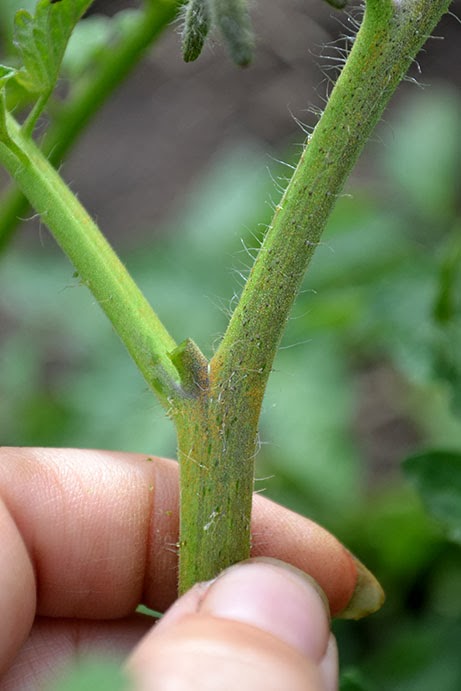But there are 17 minutes of animations in 4 separate mini-movies - approx 4 mins long.
 They originated from my first posts here about the DILLIGAF experience. Driving down the highway and seeing someone with the bright orange letters emblazoned across their rear windscreen. I was horrified to see them roll down a window and throw out a can. Caleb guffawed (he does that these days) and explained to me the significance of DILLIGAF (Does It Look Like I Give a Fuck).
They originated from my first posts here about the DILLIGAF experience. Driving down the highway and seeing someone with the bright orange letters emblazoned across their rear windscreen. I was horrified to see them roll down a window and throw out a can. Caleb guffawed (he does that these days) and explained to me the significance of DILLIGAF (Does It Look Like I Give a Fuck). It blew me away that people would advertise the attitude, be so proud of it they spent good money to let us all know. I couldn't help but delve into the murky psychology of how it is we could come so far that not giving a fuck was cool. And here I am 9 months or so later, having completed an RMIT unit in animating with Flash, a crowdfund later, and lots of months bent over the computer - with a series of animations.
They're in three different places on the net already, so I'm not going to embed them here. They're all roughly 4 minutes long.
YouTube Links
Peak Challenge - What We're Getting Wrong
Mind Traps 1 - Why we're Getting it Wrong
Mind Traps II - Why We're Getting it Wrong
Mind Traps III - Why We're Getting it Wrong
Mind Traps IV - Why We're Getting it Wrong
Higher Resolution and smaller download sizes on my webpage
Together Press - Peak Challenge and Mind Traps
Or you can check them out embedded into the Living the Good Life Facebook Page
I hope you have the chance to spot them, and, if you think they're good enough to share, share them! They're not going to motivate a real climate denier, they're aimed at the people who are peripherally aware and worried, but who don't feel they can make a difference. Together... we can.

















